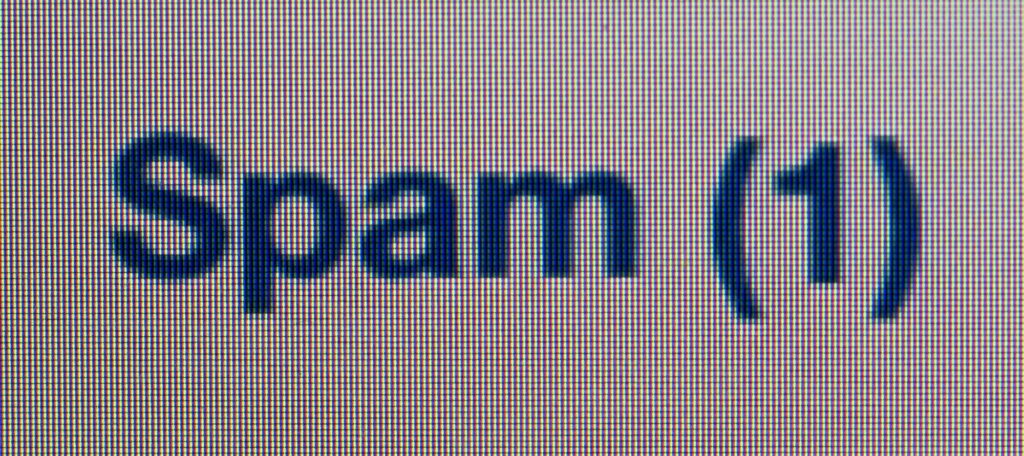Spam emails are not only annoying but they contain malicious links that can harm your device, so here are 6 ways to protect yourself.
In recent years, the amount of spam emails has increased dramatically. While some of these emails are harmless, others can be pretty damaging. Knowing how to identify and save yourself email spam is essential.
RELATED: Warzone 2: Nadia inspires thousands of gamers to cheat
So, how to stop spam email senders? How to create anonymous email addresses? This post will share some of the best ways to identify and protect yourself from unwanted and malicious emails.
Keep reading this article to learn more about it!
6 Tips to Protect from Email Spamming:
Don’t Post Address Publicly:
If people don’t want their inboxes filled with unwanted emails and want to keep their privacy, it’s best to keep their addresses private. That means not posting it online on social media sites or other public places.

Users should also be careful about giving their mail addresses to companies or individuals they don’t know well. It is also crucial to set a strong password for your mail address and not give it to anyone to protect your data.
Use Anonymous Email Account:
One tip is to use an anonymous email account. This will help keep personal information private and prevent your inbox from being filled with unwanted messages. You can pop over to this site to learn more about sending protected emails and how to create an anonymous email account. People can use a few different anonymous mail-providing services, so be sure to do some research to find the one that best suits their needs.
Don’t Click on Links/Attachments:
It is best to avoid clicking on any links or attachments that come from strange addresses. While most spammy mails are harmless, some can contain malware or viruses that can infect your computer.
Don’t Reply:
This may seem like an obvious tip, but many people mistakenly think that they are unsubscribing from the mailing list by replying to an email. In reality, they are confirming their address to the spammers and letting them know that their mails are getting through.
Mark As Spam:
One simple tip is to mark emails as spam when users receive them. This tells their service provider that the message is spam, and it can help filter future messages from the same sender.

To mark an email as spam, open the message and click the “Mark as Spam” button. This is usually located in the top right corner of the message. Once people do this, the message will be moved to the spam folder, and they won’t have to see it again.
However, If users get a lot of spam messages, it’s a good idea to check the spam folder periodically to ensure no critical messages have been mistakenly marked as spam.
Don’t Use Personal/Business Addresses:
When companies collect mail addresses for marketing purposes, they sometimes sell them to other businesses, who then send out their spam messages. By using a dedicated email address for these purposes, people can keep their personal inboxes clean and free of clutter.
6 Ways to Identify Spam Emails:
Check Sender’s Address:
When it comes to spam emails, one of the easiest ways to identify them is by checking the sender’s address. Often, these addresses are full of gibberish and random characters, for example, [email protected], which is a dead giveaway that the email is not legitimate.
Misleading Subject Line:
Another way to tell if an email is spam is by looking at the subject line. More often than not, spam emails will have vague or misleading subject lines in an attempt to get you to open them. If you’re unsure about an email, it’s always best to err on the side of caution and delete it.
Requesting Personal Information:
Another thing to look for is if the email is requesting personal information. Legitimate companies will never ask for personal information through email, so if people get an email asking for their Social Security number or bank account information, it’s definitely spam.
Creating a Sense of Urgency:
Spam mails often try to create a sense of urgency by saying that time is running out or that people need to act fast. They may also use scare tactics, such as saying that your account will be suspended if you don’t take action. If an email has any of these red flags, it’s likely spam.
Check Grammar & Spelling:
If the mail contains many grammatical/spelling errors, likely, it’s not legitimate. People can also look for other telltale signs of spam, such as mails that are addressed to “Dear Friend” or that contain vague messages.
Beware of Attachments:
If a mail from a stranger has an attachment, it’s more likely to be spam. Spam mails often have attachments that are either viruses or links to malicious websites. If people see an attachment in an email, be wary of it and don’t open it unless they are sure it’s safe and from a legitimate company or trustworthy person.

In conclusion, it is essential to be aware of how people can identify and protect themselves from spam messages. By following the tips in this article, users can help keep their inboxes clean and their computers safe from viruses. Remember to never click on links in spam emails, and always use anonymous mail addresses to keep data safe and protected.
